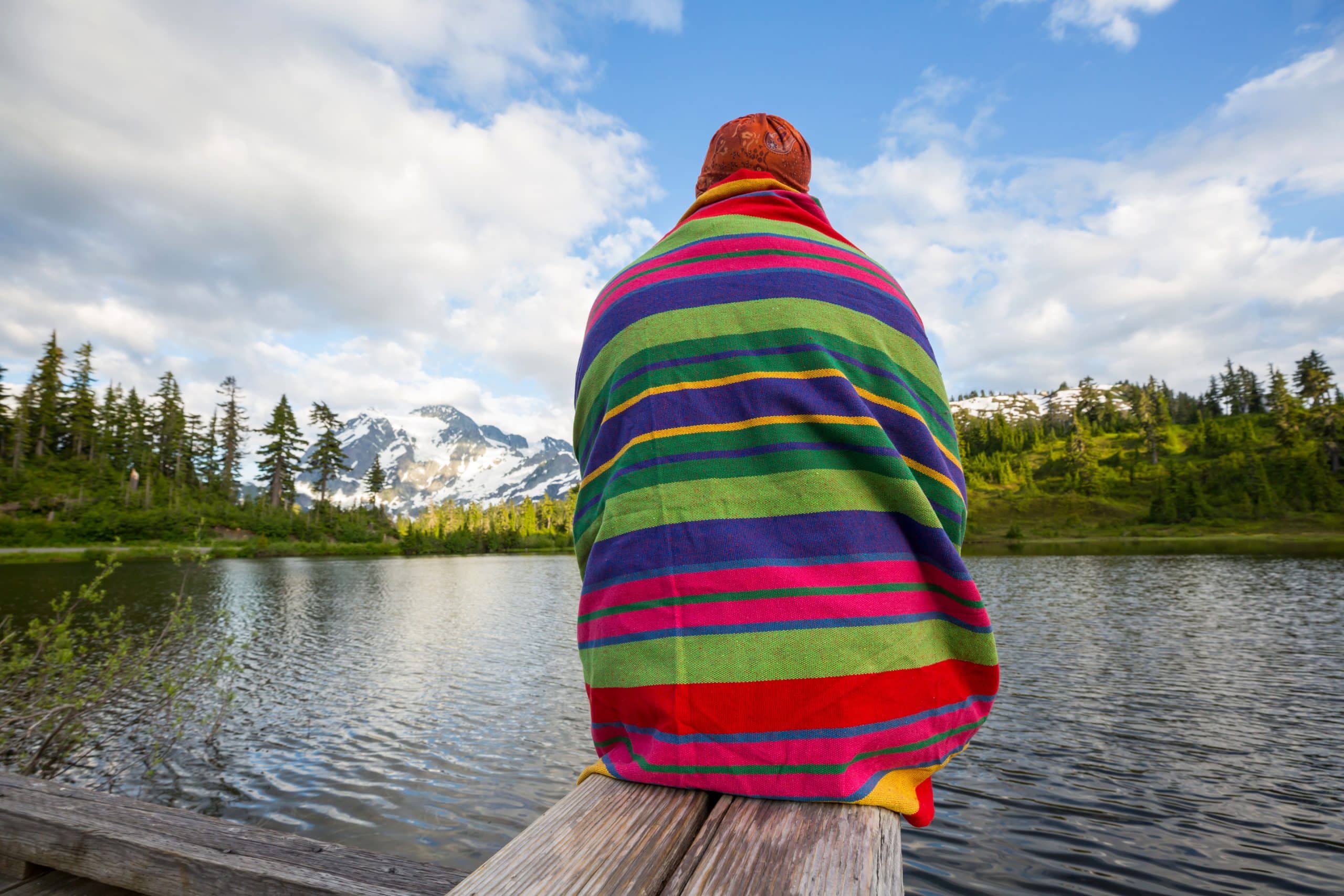What’s the Best Way to Design a Serene Koi Pond Area in a Small Garden?

Designing a serene koi pond area in a small garden can be a daunting task. It involves more than just digging a hole, filling it with water, and adding the fish. You must take into consideration several factors, including the size of the pond, the type of plants, the filtration system, and more. This article will guide you through the process and provide you with practical tips to create your own peaceful oasis.
Choosing the Right Spot for Your Koi Pond
A crucial first step in designing a serene koi pond is deciding on where to place it in your garden. This location can greatly influence the overall atmosphere of the space.
Dans le meme genre : What’s the Best Use of Space for a Home Wine Tasting Area?
The spot you choose should provide both sun and shade. Koi fish need sunlight for their health, but also require shade to protect from predators and harsh weather conditions. Nearby trees can offer natural shade. However, be mindful of falling leaves that could pollute your pond water.
Next, consider the view from your home. You want to be able to enjoy your koi pond from both inside and outside your house. Thus, visibility from your most used rooms or your patio can be a deciding factor.
Dans le meme genre : What’s the Best Way to Construct a Hidden Room for a Home Safe?
Lastly, the location should be convenient for maintenance. Consider the proximity to a water source for filling the pond and near a power source for the filtration system.
Size and Depth Matter
After you’ve picked the perfect spot, you’ll want to determine the size and depth of your koi pond. These factors significantly impact the health and happiness of your koi fish.
In general, a larger pond provides a more natural and healthier environment for your fish. A recommended minimum size for a koi pond is ten feet long, six feet wide, and at least three feet deep. However, it’s possible to scale down these measurements for smaller gardens, as long as the depth is maintained to provide a safe habitat for the koi.
Depth is crucial as it allows the koi to escape from predators and to stay warm during winter. The deeper the pond, the less likely it will completely freeze during cold seasons, providing a safe and comfortable environment for your koi.
A Robust Filtration System
An efficient filtration system is absolutely essential for maintaining the health of your koi and the clarity of your pond water. The filtration system keeps the water clean by removing harmful substances and promoting beneficial bacteria.
There are two types of filtration necessary for a koi pond: mechanical and biological. Mechanical filtration involves removing solid waste from the pond. Biological filtration, on the other hand, involves converting harmful substances into less harmful ones through bacterial action.
The size of your pond and the number of fish you plan to have will dictate the type and size of the filtration system you need. Therefore, doing proper research or consulting with a pond professional is recommended.
Landscaping Around Your Koi Pond
Enhancing the surroundings of your koi pond with landscaping can greatly contribute to the overall serenity of the area. Plants, rocks, water features, and even seating can transform your pond area into a true backyard oasis.
When selecting plants, consider those that are safe for koi and those that can contribute to the pond’s ecosystem. Aquatic plants, such as water lilies, provide shade for the fish and help maintain the water’s health.
Rocks and gravel can add to the natural aesthetics of the pond. They serve not only as decoration but also as a habitat for helpful bacteria.
Water features like waterfalls or fountains not only provide a soothing sound but also aid in oxygenating the water, critical for the health of your fish.
Lastly, consider adding a bench or a few chairs near your pond. This will give you a comfortable spot to relax and watch your koi.
Maintaining Your Koi Pond
Once your serene koi pond is set up, regular maintenance is vital to keep it healthy and beautiful. This includes feeding your koi a balanced diet, regularly checking and cleaning your filtration system, and monitoring the water’s pH levels.
One of the main challenges with koi is overfeeding. They should be fed only what they can consume in about five minutes. Overfeeding can lead to poor water quality and health issues for the koi.
Regularly checking your filtration system will help ensure it is operating correctly and efficiently. It’s also important to keep a close watch on your pond’s water parameters, including pH, ammonia, and nitrate levels.
Despite the maintenance required, the result is a beautifully designed koi pond that serves as a peaceful retreat in your small garden. With careful planning, the right location, and regular upkeep, your koi pond will be a serene oasis that brings joy and tranquility for many years to come.
The Right Plants for Your Koi Pond
Introducing plants to your koi pond is not just about aesthetics; it is also vital for the ecosystem’s balance. Aquatic plants help purify the water, provide shelter for koi from predators and the sun, and supply oxygen. However, it is crucial to select plants that are non-toxic to koi and can thrive in your local climate.
Water lilies are a popular choice for koi ponds. They provide ample shade and are safe for koi. Lotus plants also make a beautiful addition to any pond and help improve the water quality. Other suitable plants include water lettuce, water hyacinth, and cattails.
Keep in mind that while plants are beneficial, they should not overcrowd the pond. Too many plants can limit the swimming space for your koi and may also affect water quality. The rule of thumb is to cover up to 70% of the water surface with plants.
Consider adding marginal plants at the pond edges for a natural transition from the pond to the garden. These plants offer additional filtration and enhance the pond’s visual appeal.
Koi Fish Selection and Care
Choosing the right koi is a critical aspect of a serene koi pond. Koi are available in a range of sizes and colors, and you can select those that best complement your garden design and personal preferences.
When purchasing koi, ensure they are healthy. Look for clear eyes, vibrant colors, and active movement. Avoid fish with visible injuries, spots, or dull coloration, as these can be signs of disease.
Koi are social creatures and thrive in groups, so plan to have several in your pond. However, avoid overcrowding as this can lead to stress and disease. A general rule is to have no more than one koi per 10 gallons of water.
Caring for your koi involves feeding them a balanced diet and monitoring their health. Koi food is readily available in pet stores, and it is enriched with the necessary nutrients for their growth and wellbeing. Observe your fish regularly for any signs of disease, such as changes in swimming patterns, decreased appetite, or unusual spots or growths.
Conclusion
Designing a serene koi pond in a small garden can be a rewarding project. With careful planning and consideration for the location, size, and depth of the pond, as well as the selection of appropriate plants and koi, you can create a tranquil oasis.
Remember, the key to maintaining the serenity of your koi pond lies in regular maintenance. This includes feeding your koi properly, ensuring the filtration system is working optimally, and monitoring the water’s pH levels.
Despite the care required, the result is a peaceful koi pond that not only enhances the beauty of your garden but also provides a calming spot for relaxation. As you watch your koi swim gracefully in the pond, you’ll find all the effort is well worth it. Your koi pond will be a testament to the power of nature, contributing to your wellbeing and offering a tranquil space for many years to come.
